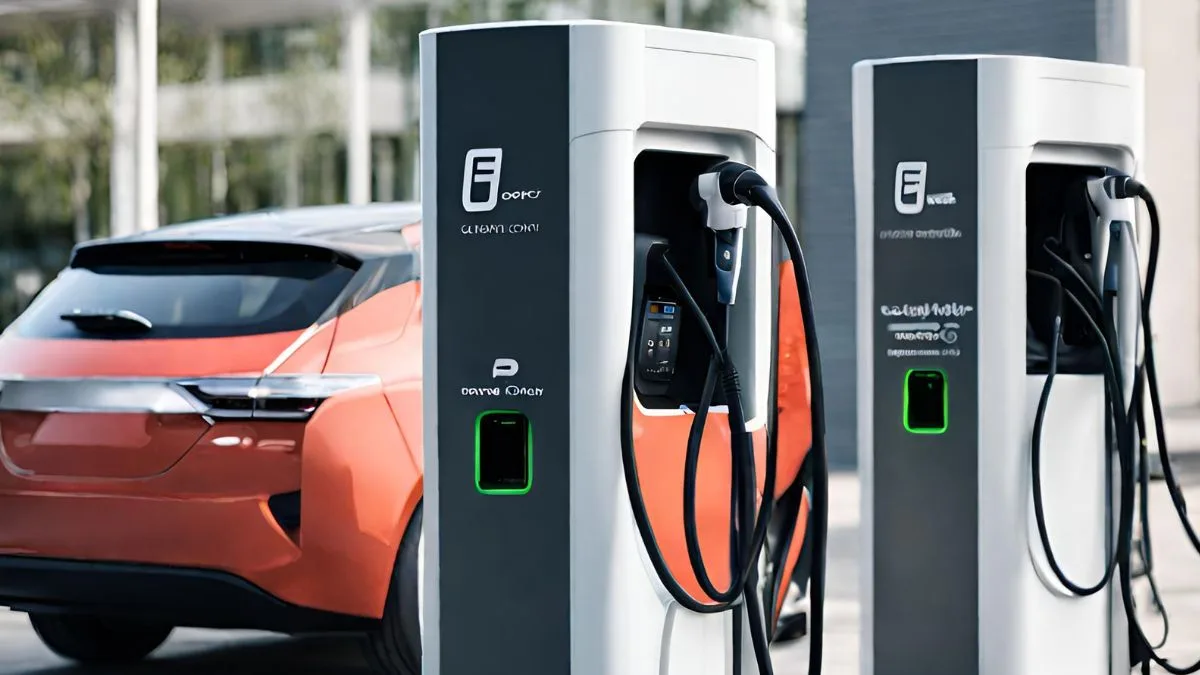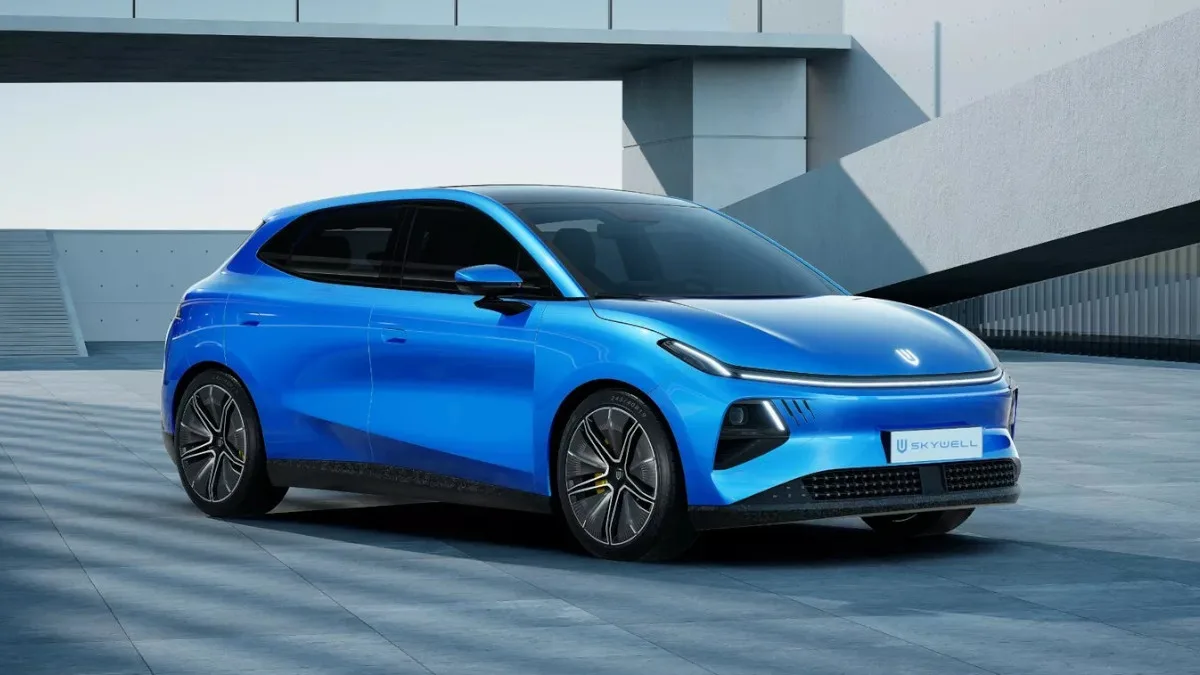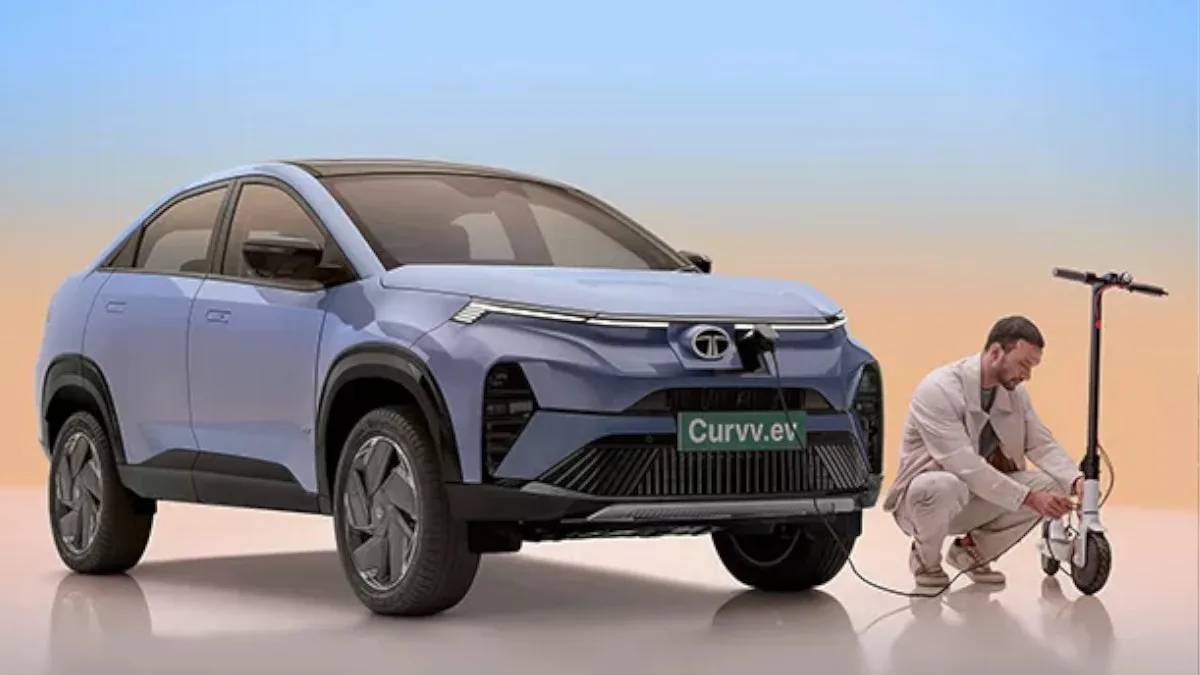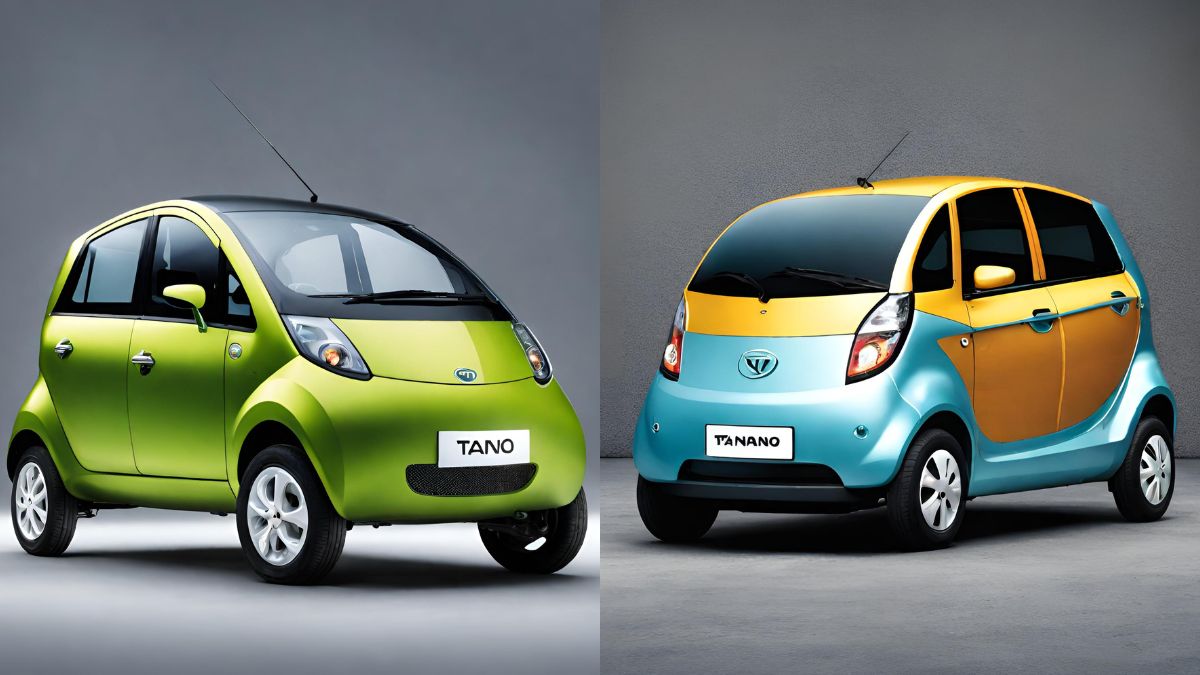Electric Vehicle Charging Infrastructure in India: The Indian electric vehicle (EV) sector is poised for significant growth, driven by government initiatives and increasing environmental awareness. However, a crucial factor for widespread EV adoption is the development of a robust charging infrastructure. So, this article explores the current state of EV charging in India, government regulations, and future prospects.
Electric Vehicle Charging Infrastructure: Rapid Strides, Yet Challenges Remain
India has made considerable progress in establishing EV charging infrastructure. The government’s FAME India scheme subsidizes setting up charging stations, and several private companies are actively participating. As of 2023, India boasts over 2,000 operational charging stations, with a target of installing 10 times that number by 2030, as per Bolt Earth.
Despite these strides, challenges persist. The current network is concentrated in major cities, leaving long-distance travel a concern for EV owners due to limited charging options. Additionally, disparities exist in charger types, with a dominance of slow AC chargers that take several hours to fully charge a vehicle.
Government Regulations: Setting the Standards
The Ministry of Power has released comprehensive guidelines outlining technical specifications and safety standards for EV charging stations. These guidelines establish a minimum density of charging stations – one station per 3 km x 3 km grid in urban areas and every 25 km on highways – ensuring greater accessibility [source: e-AMRIT].
The guidelines also address operational aspects, including power supply and tariff regulations. Importantly, EV charging is classified as a service, eliminating the need for a separate license under the Electricity Act, streamlining the process for setting up charging stations.
Types of Charging and the Road Ahead
EV charging stations come in various configurations, catering to different needs and vehicle types. Here’s a breakdown of the common options:
- AC Chargers (Slow & Fast): These chargers use alternating current (AC) and are suitable for overnight charging at home or workplaces. Fast AC chargers can provide a full charge in a few hours.
- DC Fast Chargers: These utilize direct current (DC) and significantly reduce charging times, making them ideal for public stations and long journeys.
- India’s focus needs to shift towards establishing a wider network of DC fast chargers to address range anxiety, a major deterrent for potential EV buyers.
The Future of Electric Vehicle Charging Infrastructure in India
The Indian EV charging landscape is on an upward trajectory. Here are some key trends to watch:
- Public-Private Partnerships: Collaboration between government agencies and private companies will be crucial for accelerating charging infrastructure development.
- Focus on Innovation: Advancements in battery technology and charging infrastructure, like ultra-fast chargers, will enhance user experience.
- Smart Charging Solutions: Integration with smart grids will optimize energy usage and ensure grid stability.
Conclusion
Building a robust EV charging network is essential for India’s electric mobility goals. By addressing current limitations, implementing effective regulations, and fostering innovation, India can create a future where electric vehicles seamlessly power the nation’s journeys.
Image: AI-Generated
Discover more from Wheels Craze - Automotive News, EV News, Car News, Bike News
Subscribe to get the latest posts to your email.





